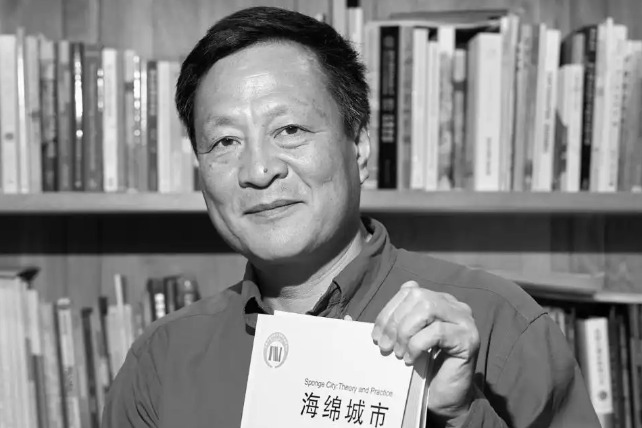Xizang Story: Researcher opens up digital future of ancient Tibetan script

LHASA -- In Southwest China's Xizang autonomous region, the ancient Tibetan script, which dates back over 1,300 years, is now seamlessly integrated into modern digital life.
Today, smartphone users exchange messages in flawless Tibetan script, temple visitors check opening hours via mobile apps and hospital patients complete registrations in their native language. All these are built on a research team's decades-long efforts.
"These everyday digital operations make it easy to forget that the Tibetan script only became digitally processable some 30 years ago," said Nyima Tashi, a leading figure in Tibetan-language information technology and a member of the Chinese Academy of Engineering.
In 1988, Nyima Tashi, then 24, graduated from the department of computer science at East China Normal University in Shanghai and was assigned to teach at Xizang University. At that time, Tibetan-language information technology was in its infancy, far from meeting societal needs.
Four years later, he and his team developed the Tibetan, Chinese and English Information Processing System, the first practical Tibetan-language software approved by local authorities.
Addressing the need of Tibetans in the information technology, the software was widely used in government document processing, textbook compilation and the preservation of ancient books and documents, marking the beginning of Tibetan-language digitalization in the region.
As the internet swept the globe in the 1990s, languages worldwide were establishing international encoding standards. From 1993 to 1997, Nyima Tashi led his team in drafting a proposal for a Tibetan script encoding standard, submitting it six times to the International Organization for Standardization (ISO).
"Any country could compete for setting the Tibetan-language encoding standard. Back then, Britain, Ireland and others also submitted proposals," Nyima Tashi recalled. "But China is the birthplace of the Tibetan script, and it was our responsibility to ensure its international standardization."
A scientifically sound encoding system had to capture the linguistic nuances, avoid ambiguity and ensure correct information exchanges and sharing. To overcome technical challenges, Nyima Tashi and his team traveled to multiple countries, attending working meetings and academic discussions to improve their coding scheme.
In July 1997, China's proposal for a Tibetan-language encoding standard was finally approved by ISO, becoming part of the universal coded character set.
This made Tibetan the first Chinese minority language with an international digital standard. It also marks that the ancient Tibetan script has officially stepped onto the world stage and entered the digital era.
Based on the new standard, Nyima Tashi's team later established Xizang's first internet hub at Xizang University through the China Education and Research Network, launching the region's first webpage.
With the establishment of the coding standard, the operating systems of digital mobile phones and car phones have finally realized the accurate display of the Tibetan script.
Even in today's era of artificial intelligence, it is precisely based on the researchers' years of efforts that Tibetan ancient books and documents can be digitally collected through scanning and identification, so that the technology can truly land and assist in the digital protection and utilization of such ancient books and documents.
"Our systems are now applied in the regional library and in the digital protection of the Potala Palace's ancient books," said Yutso, a team member and professor at Xizang University.
"Today, every mobile phone and computer worldwide that processes our Tibetan language relies on the standard China has established," Nyima Tashi said with pride.
- Vibrant China during holiday: 'China Travel' thrives
- China's National Day box office surpasses 1.1-billion-yuan mark
- Huizhou-style mooncakes carry forward time-honored tradition in Anhui
- Book published to highlight Chinese scientists' role in World Anti-Fascist War
- China activates emergency flood response as Typhoon Matmo brings heavy rainfall
- Chinese mountain city Chongqing becomes world's new must-see





































